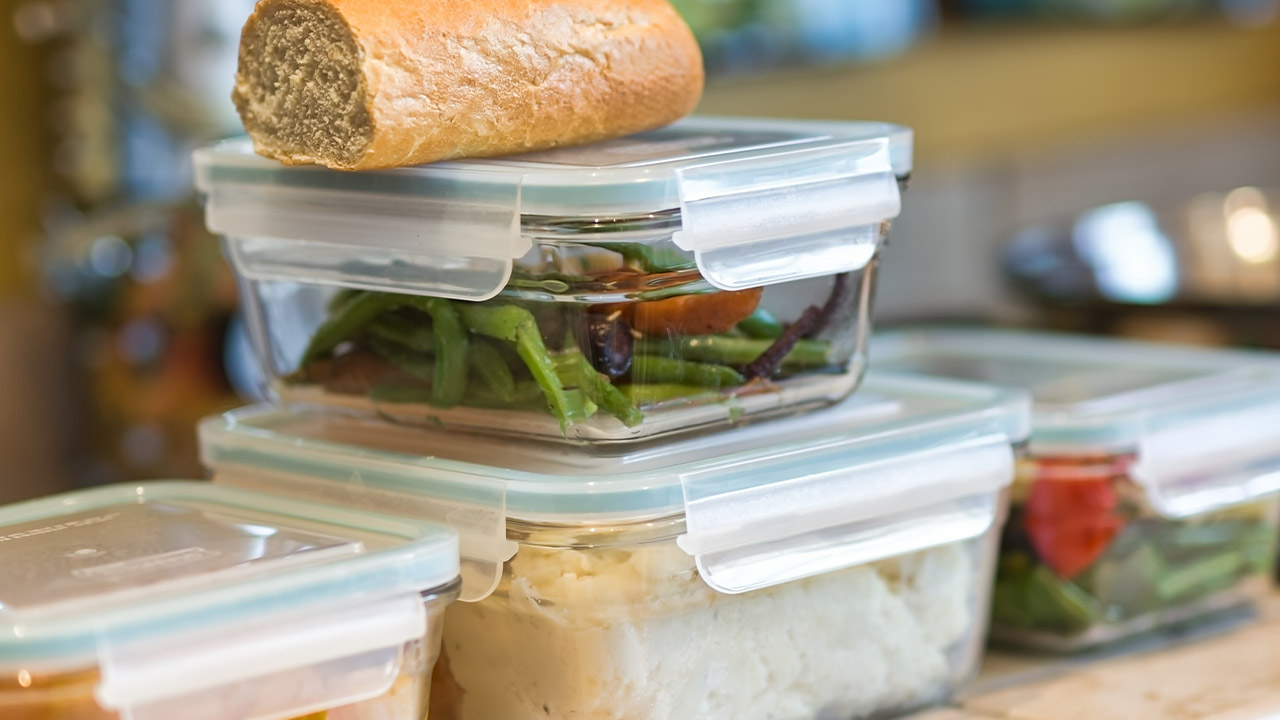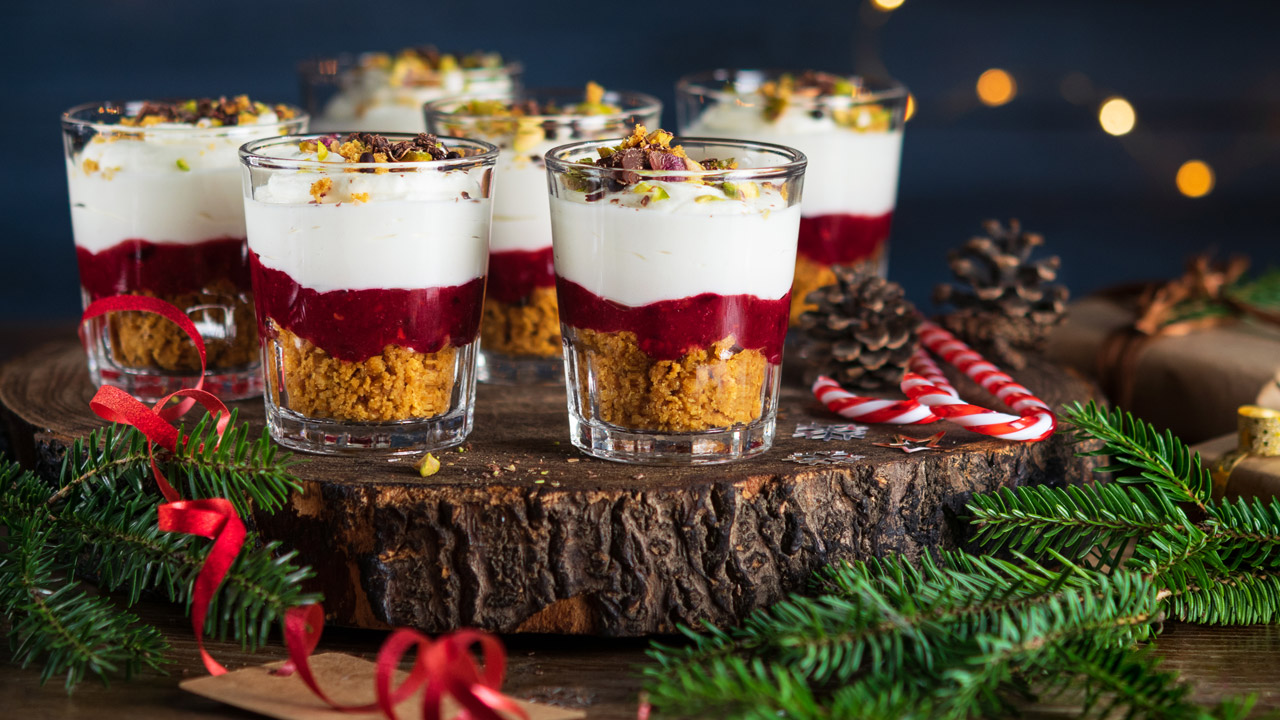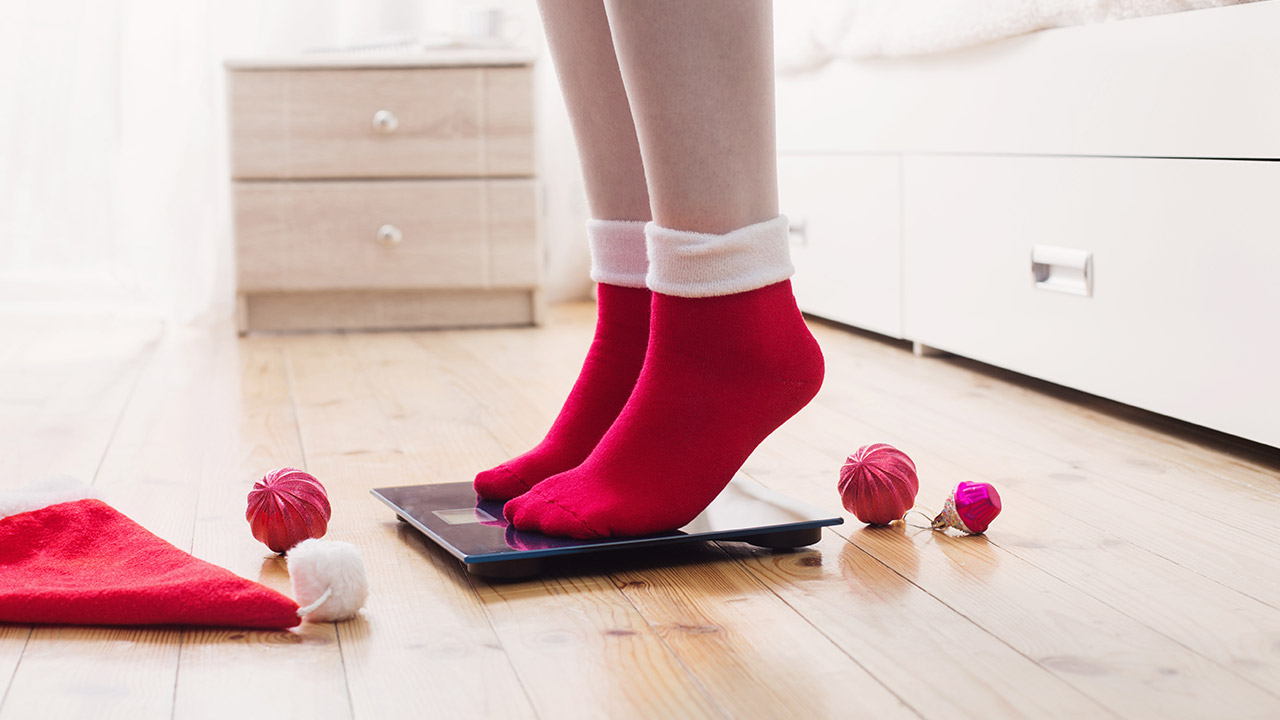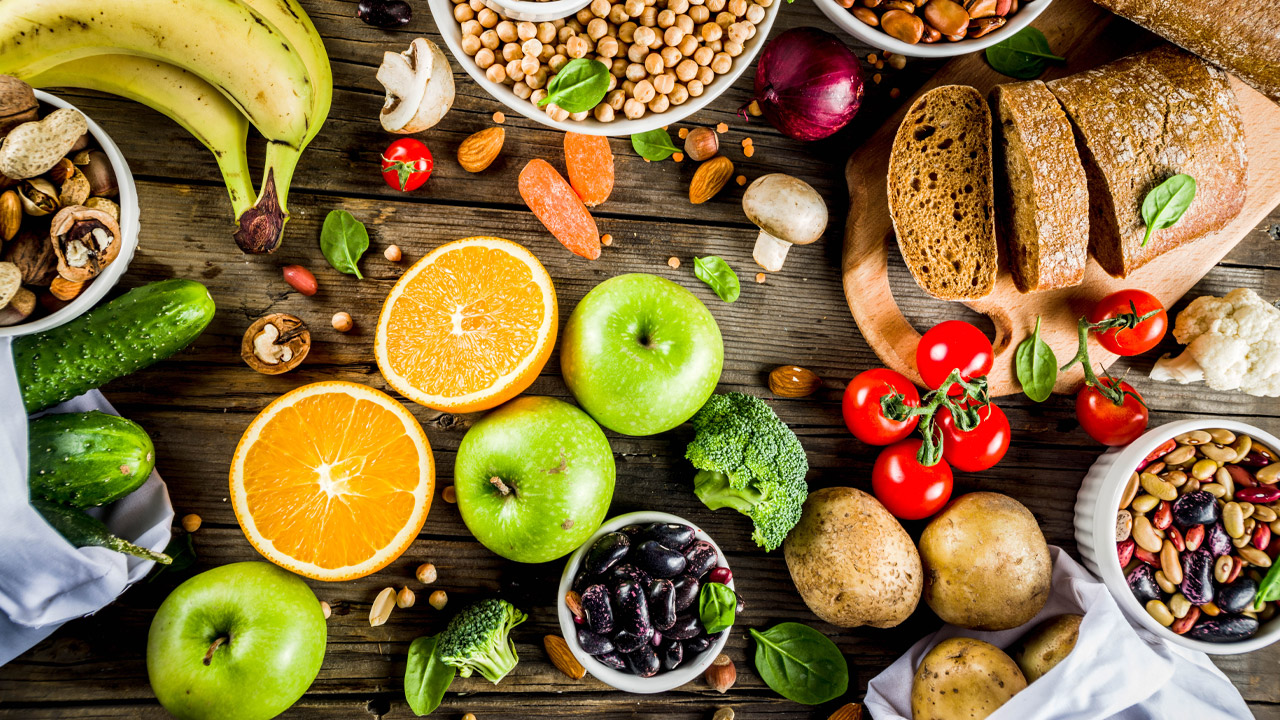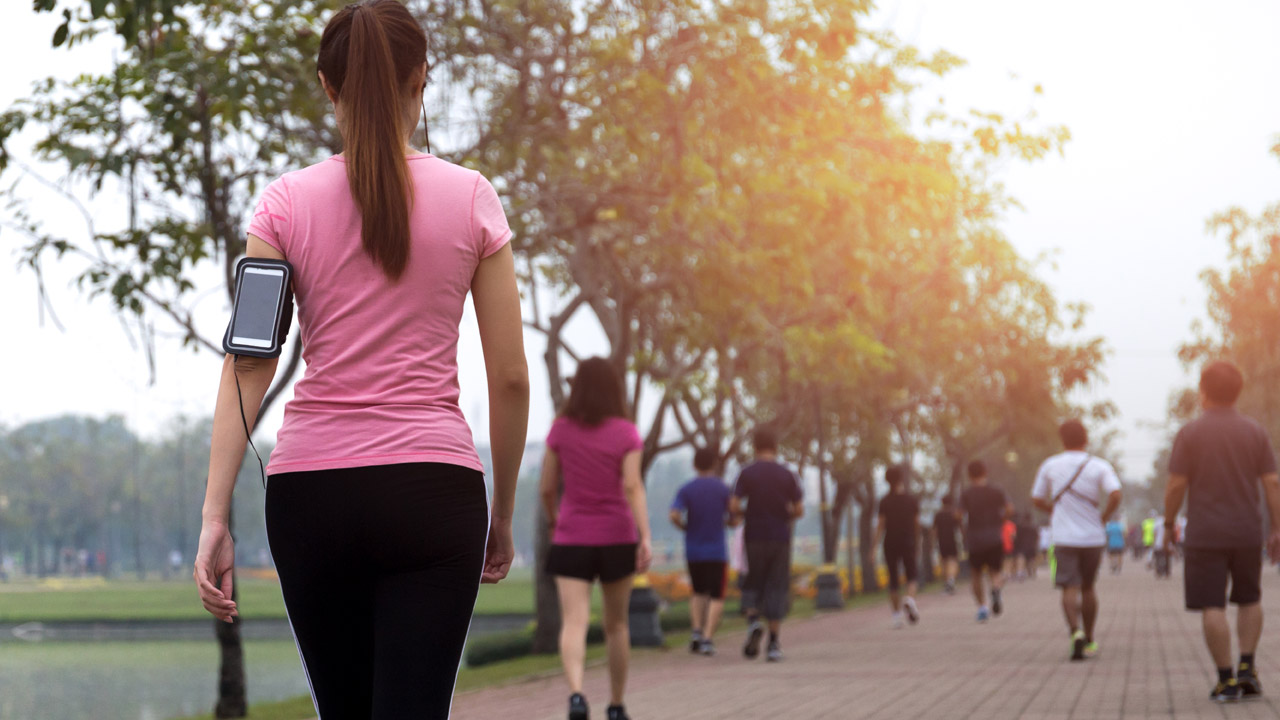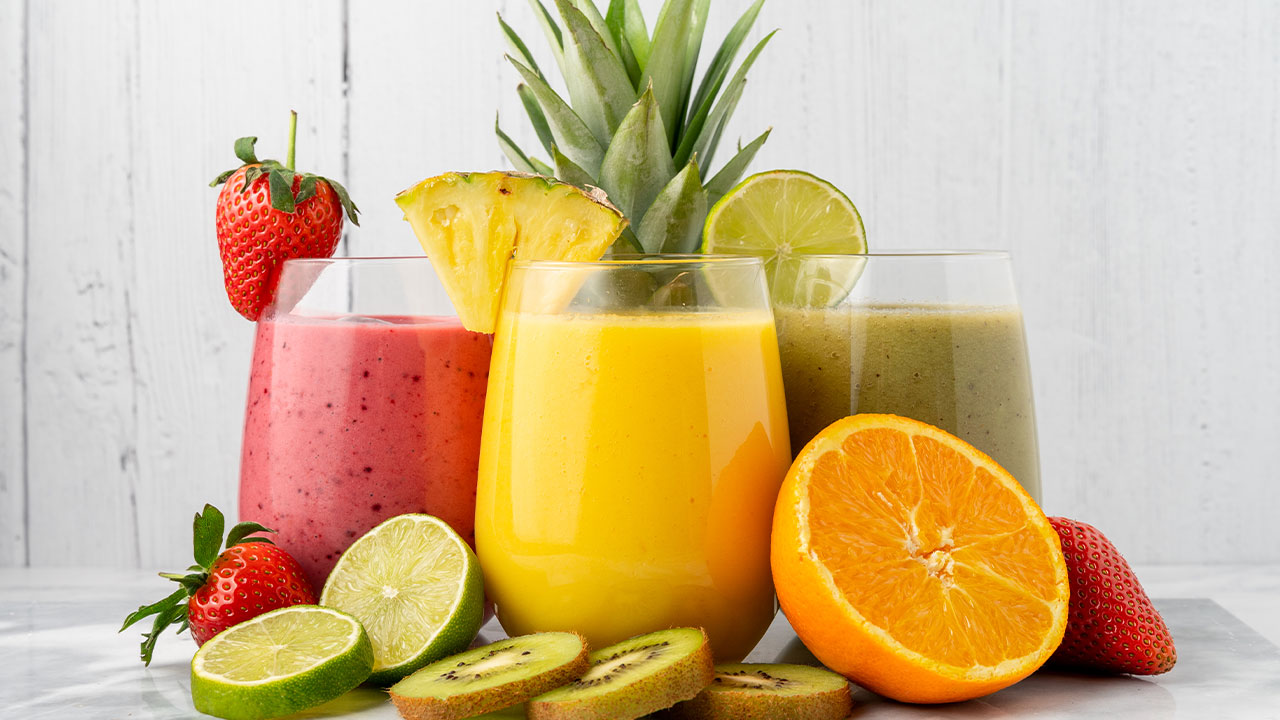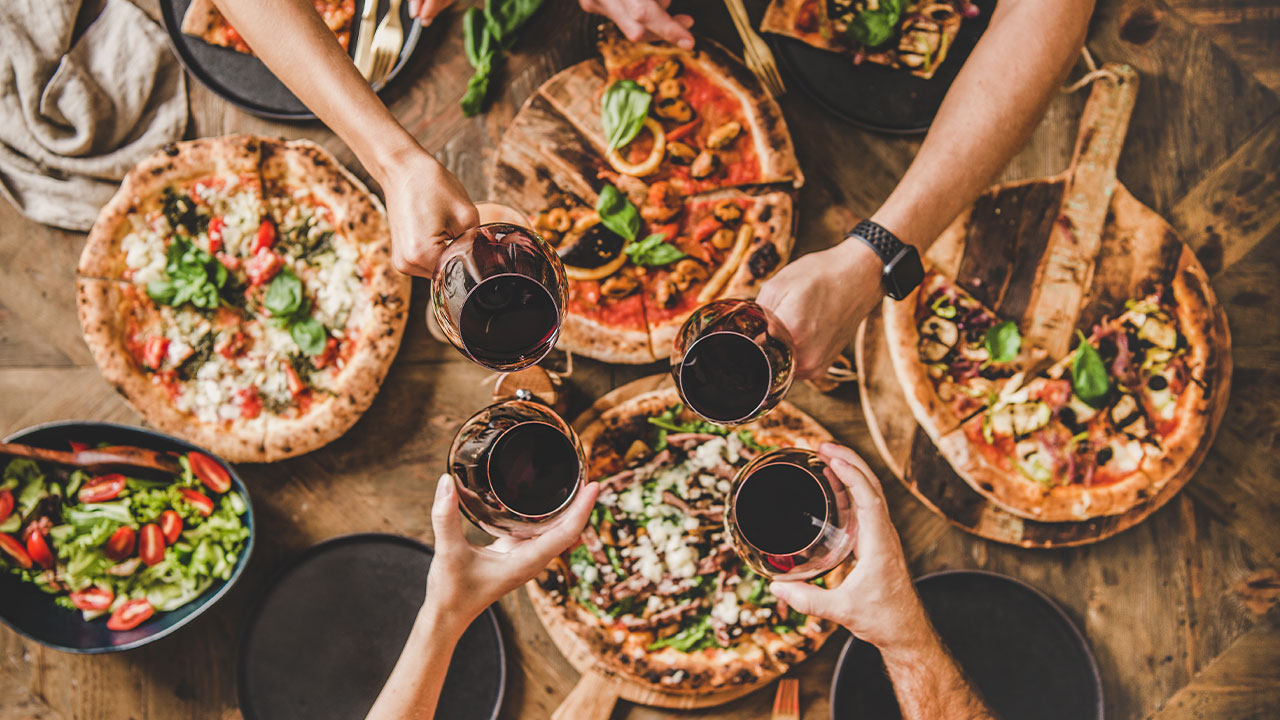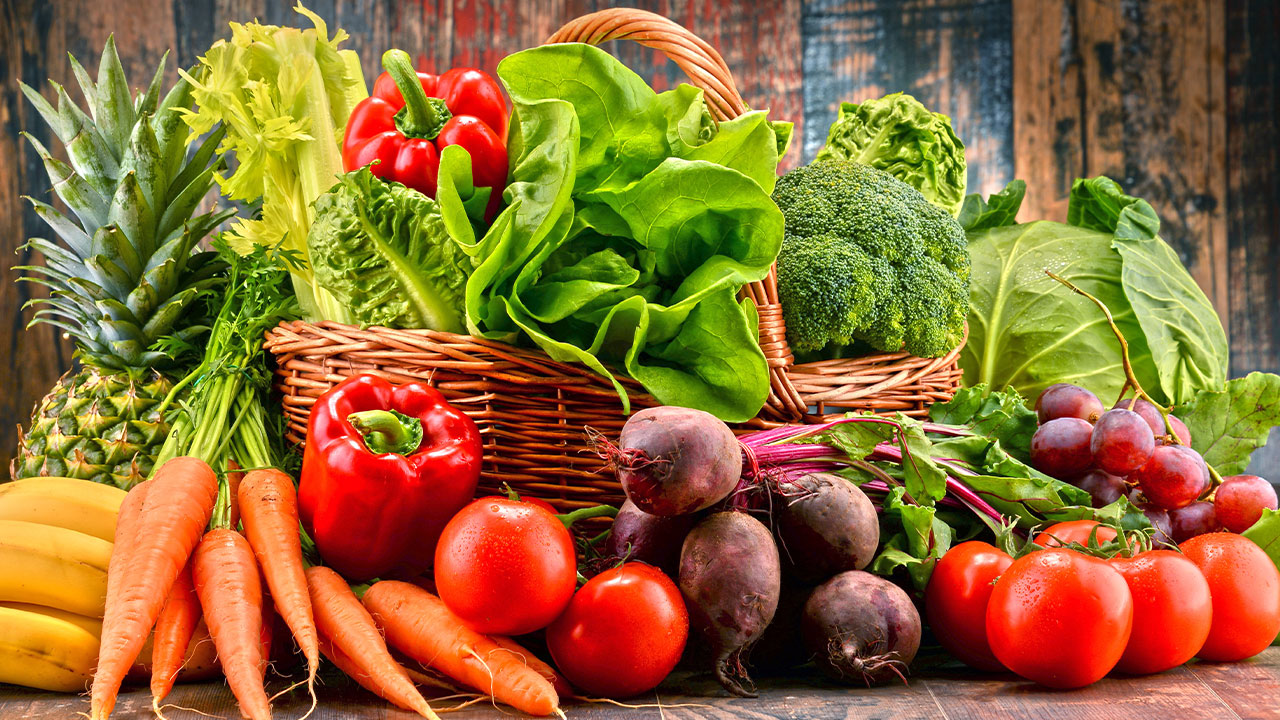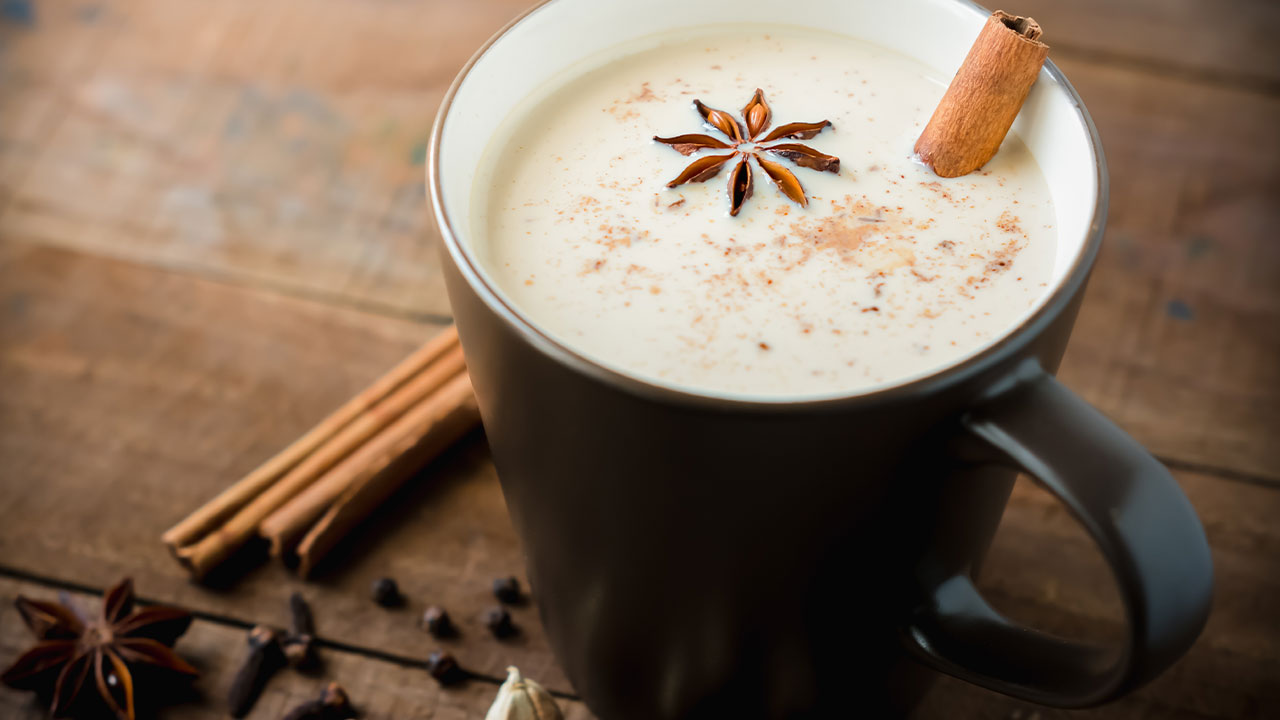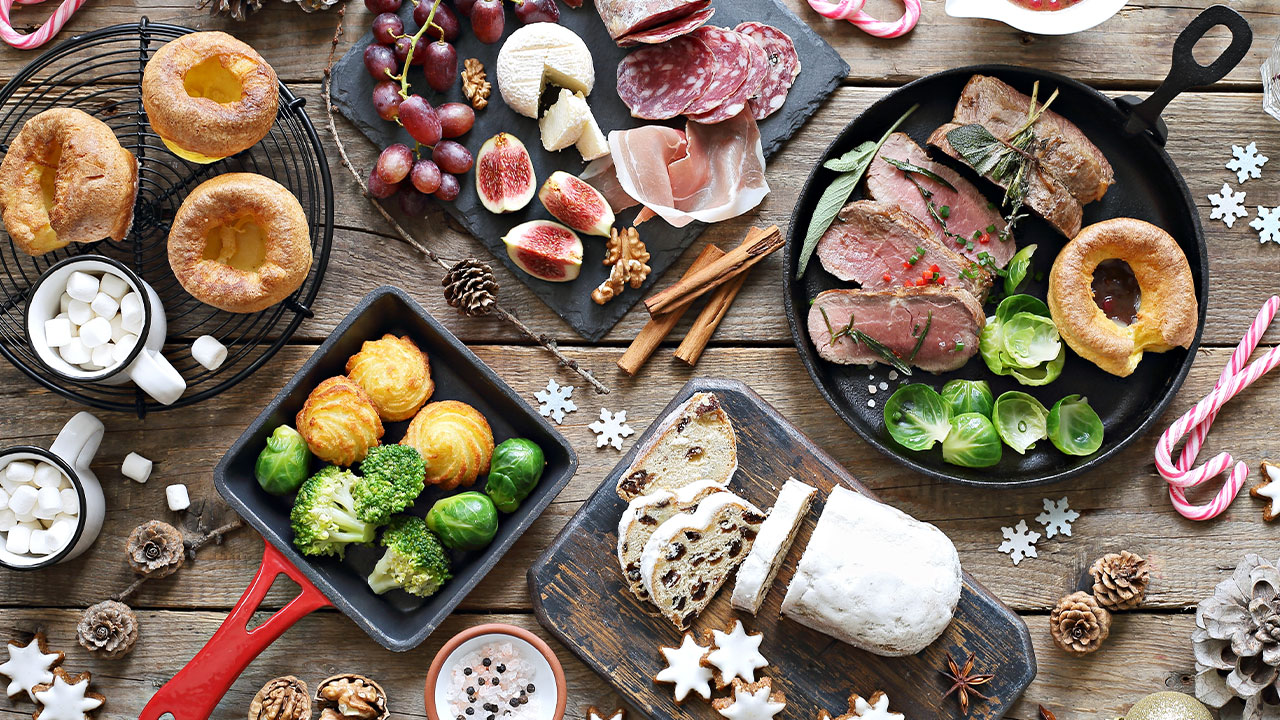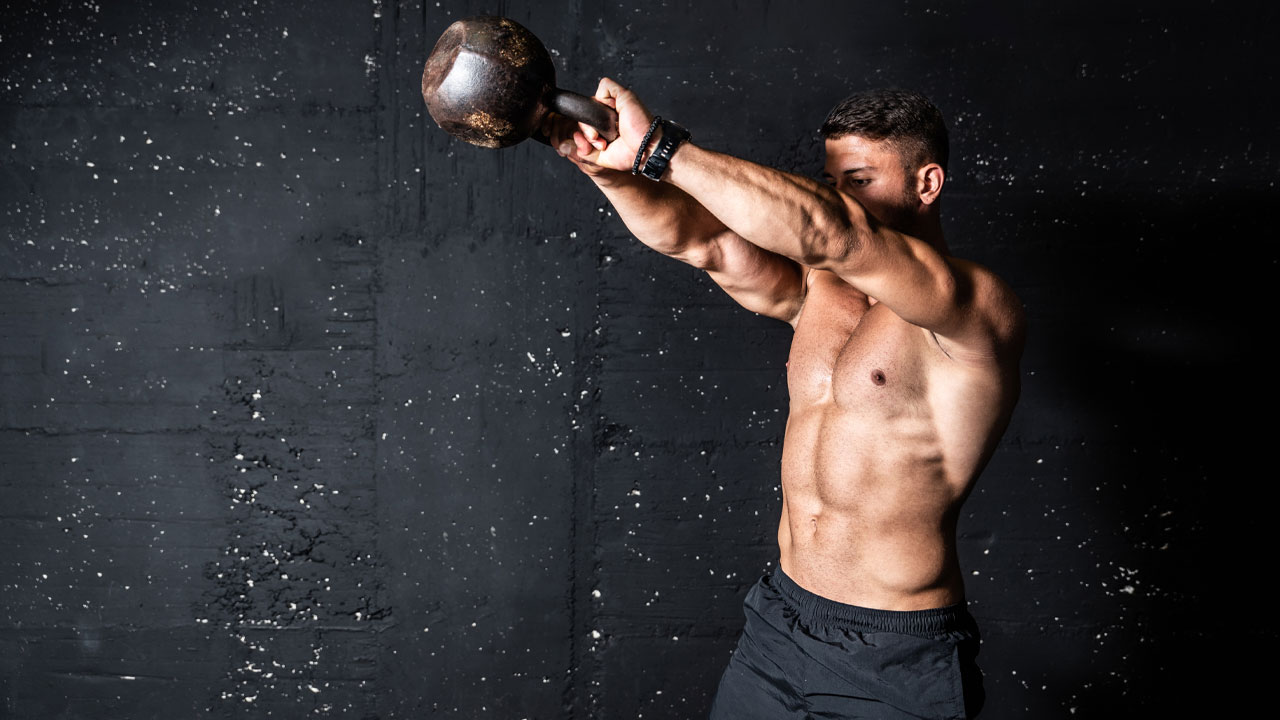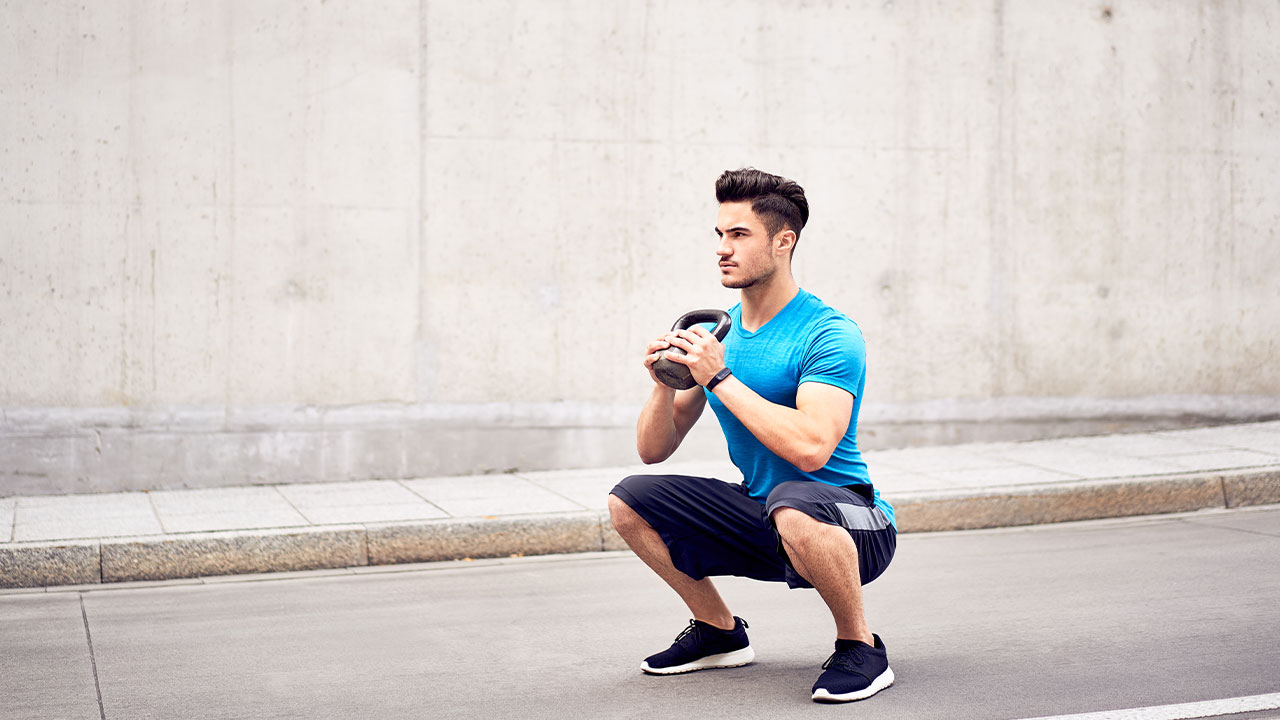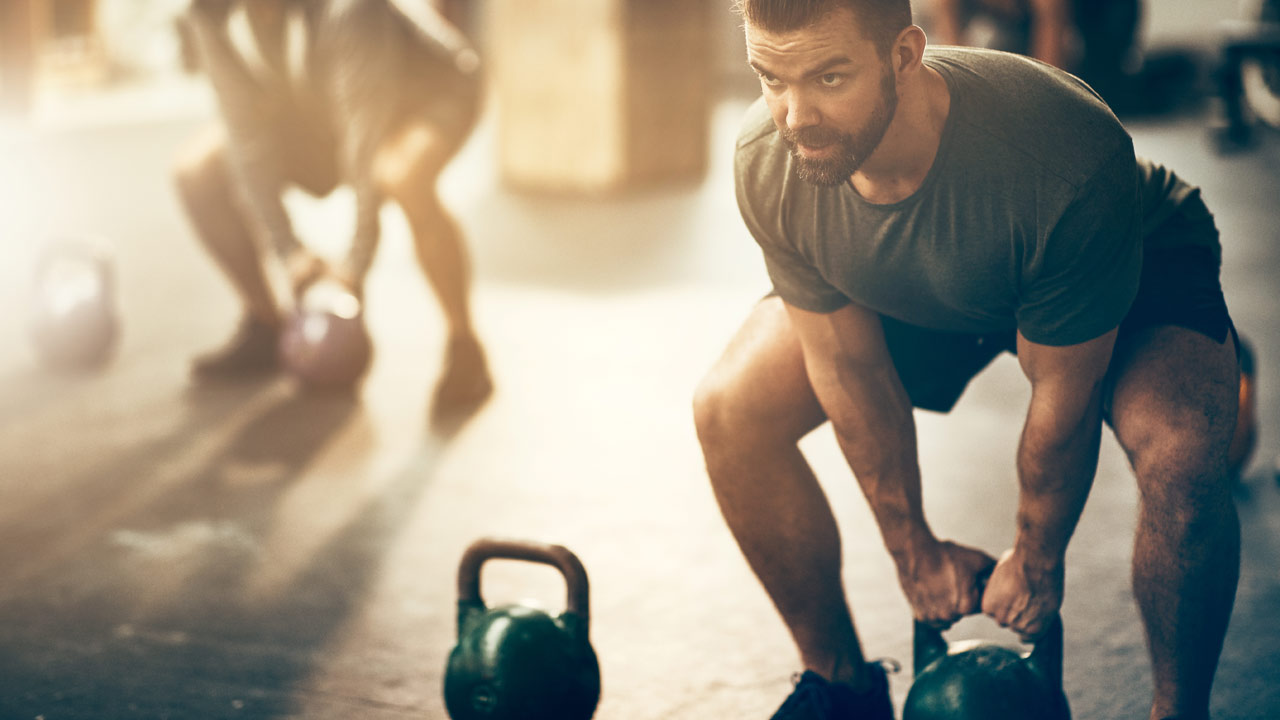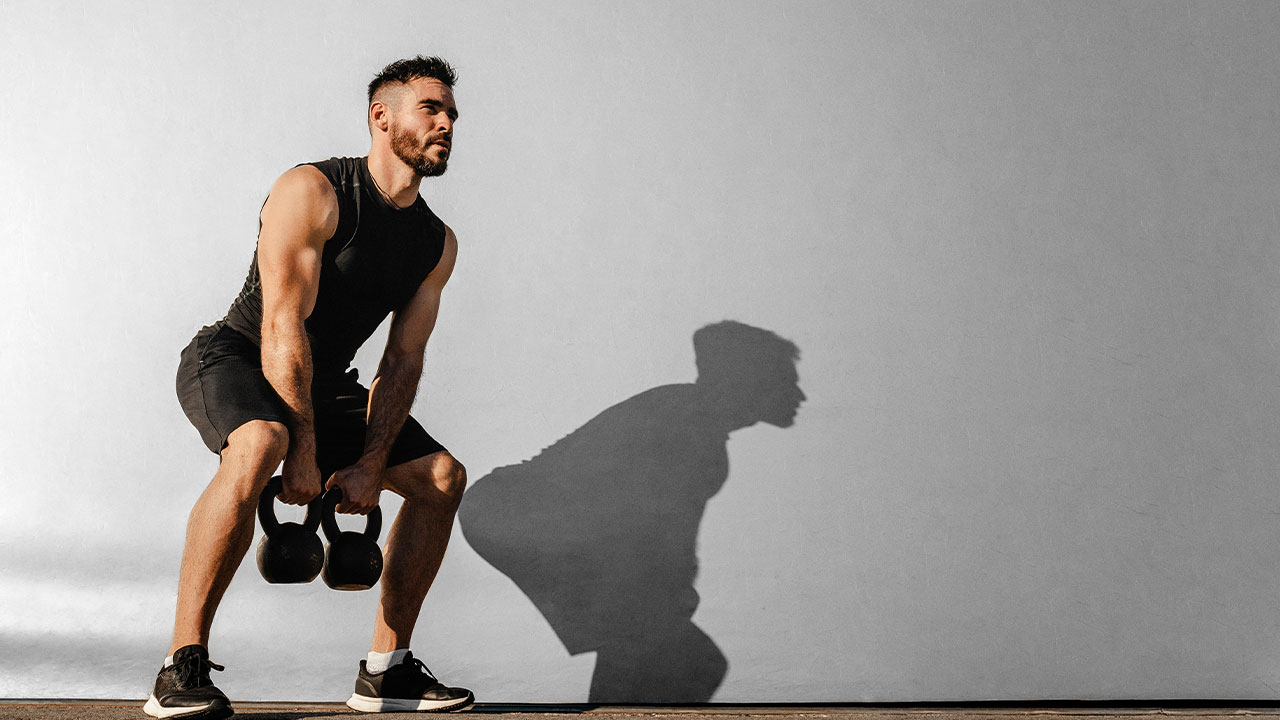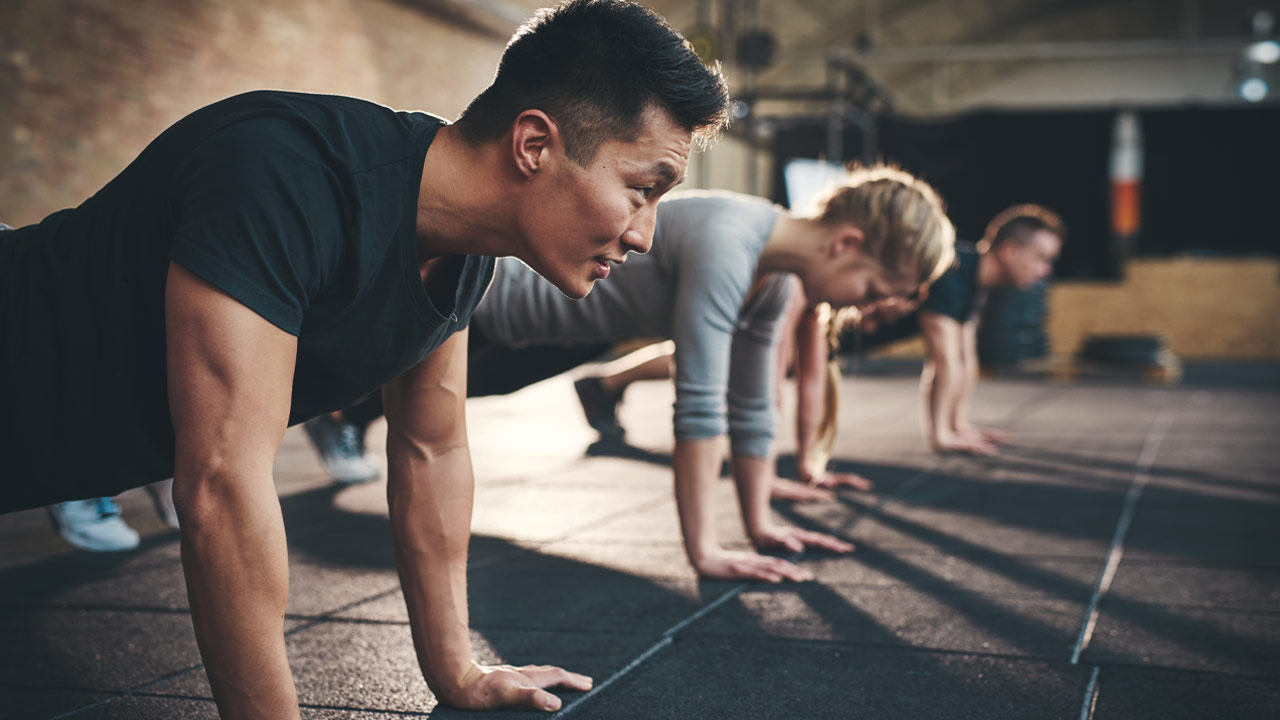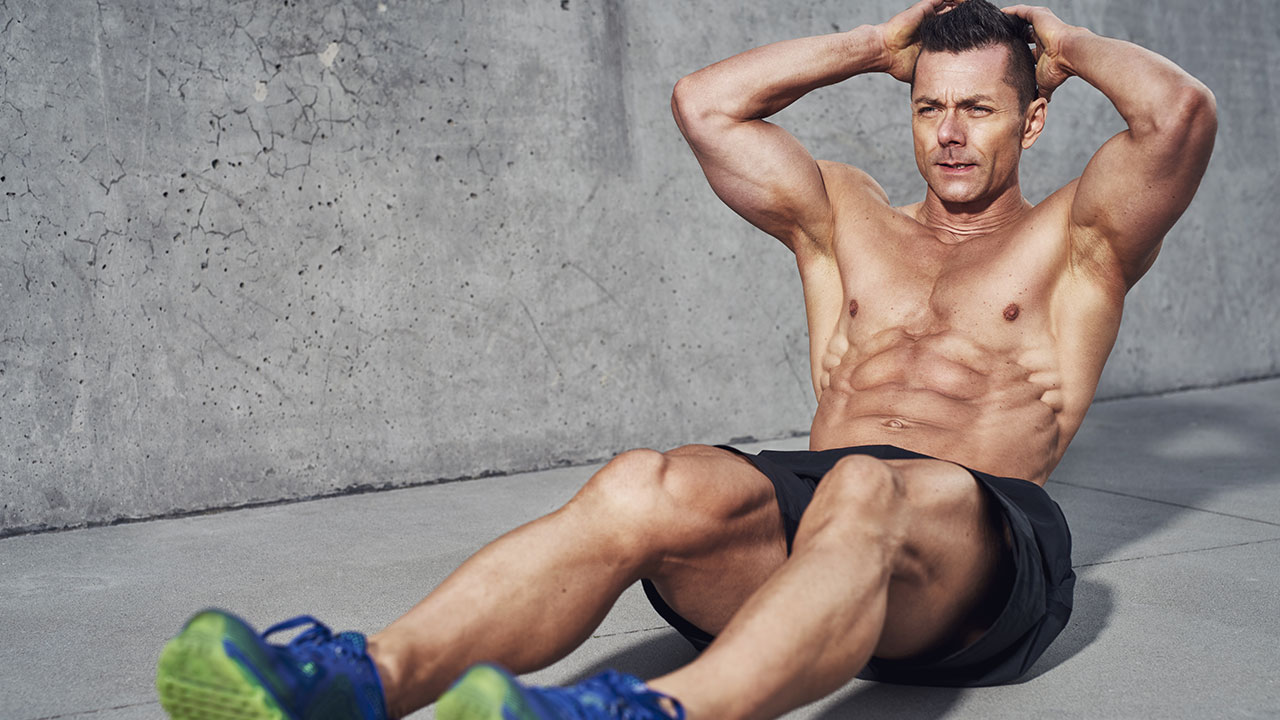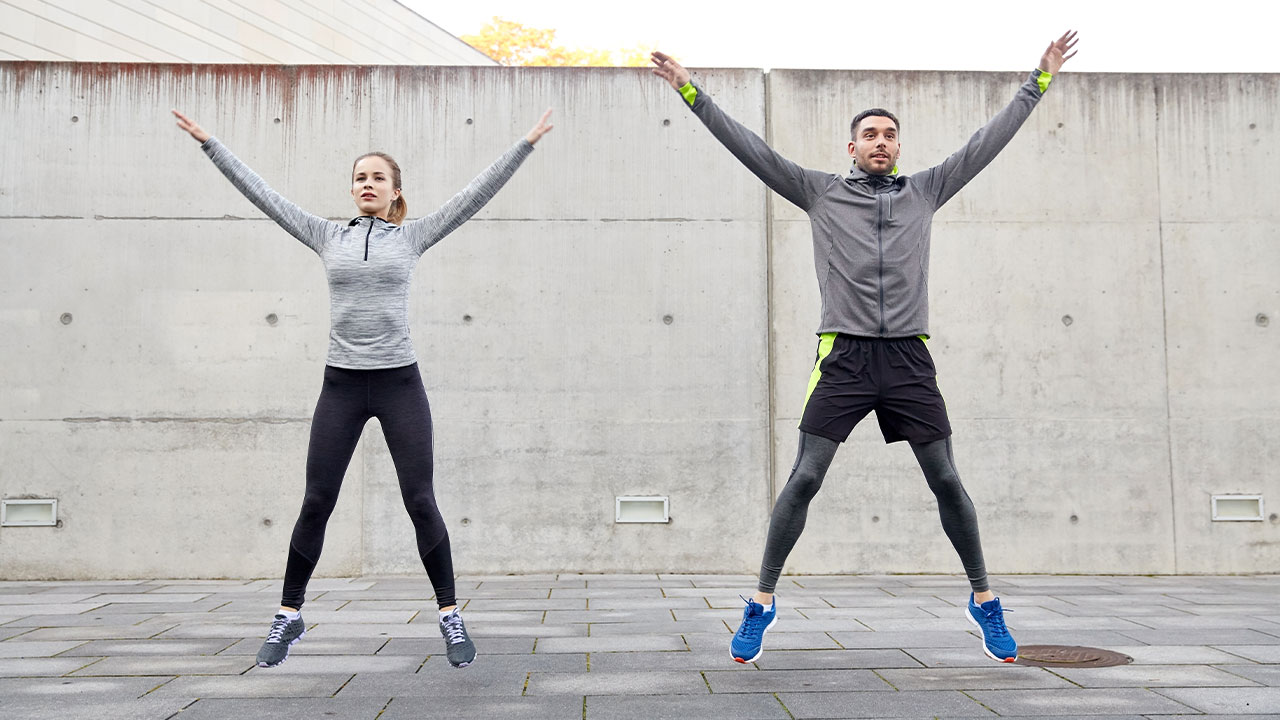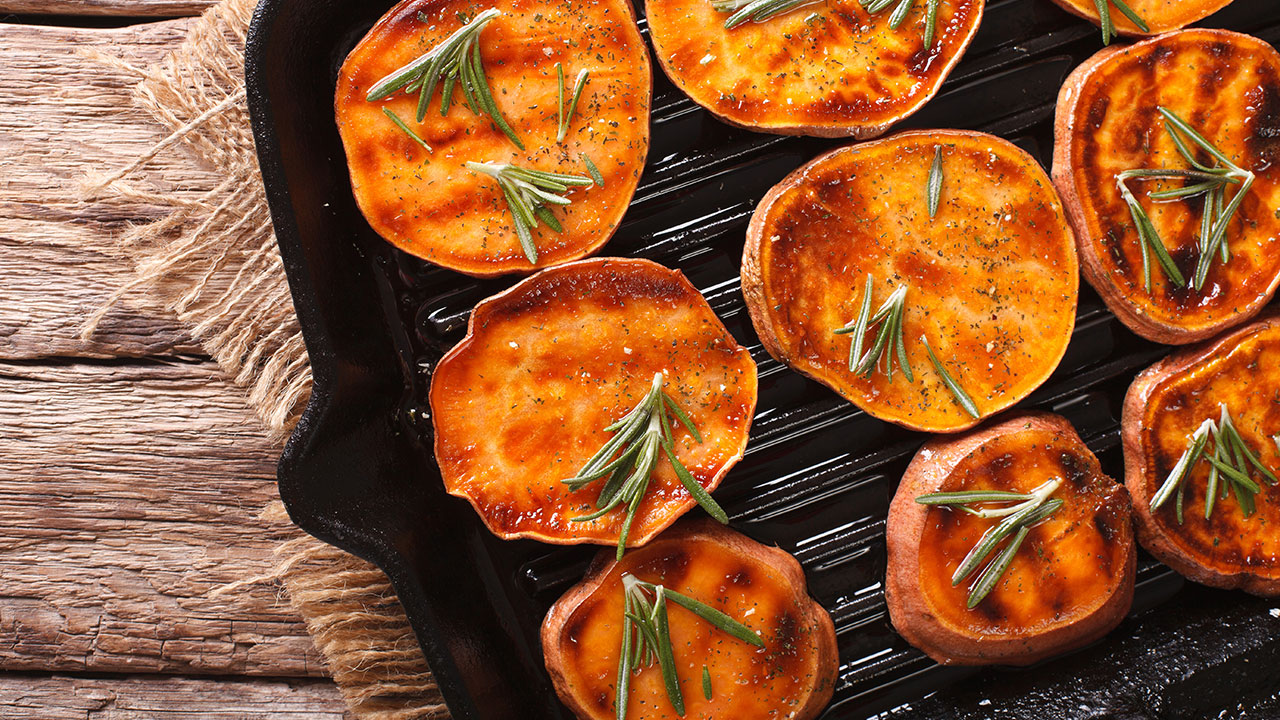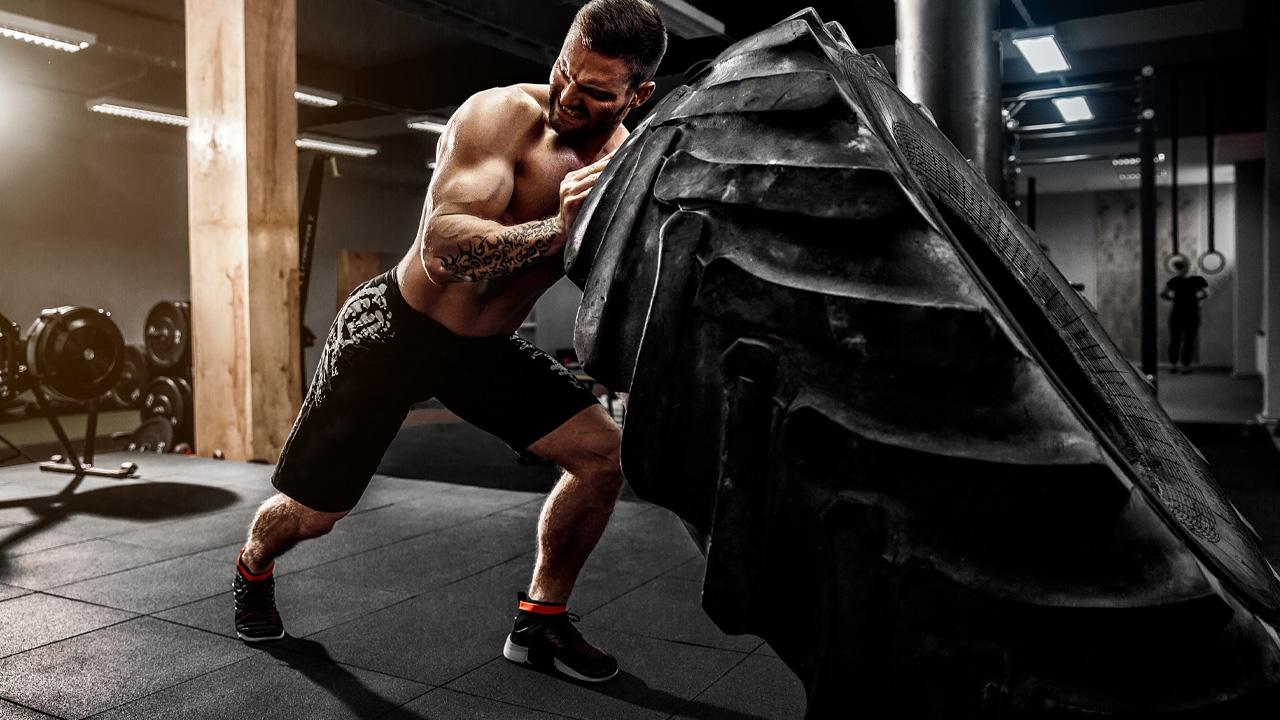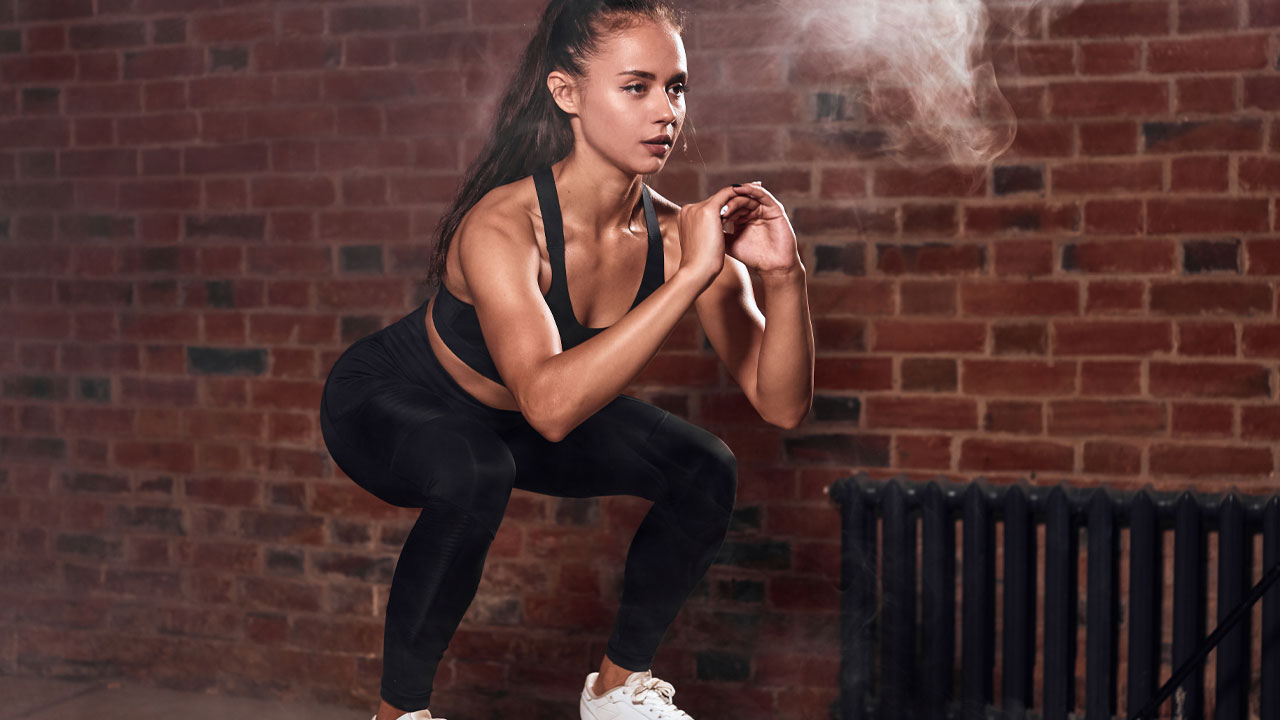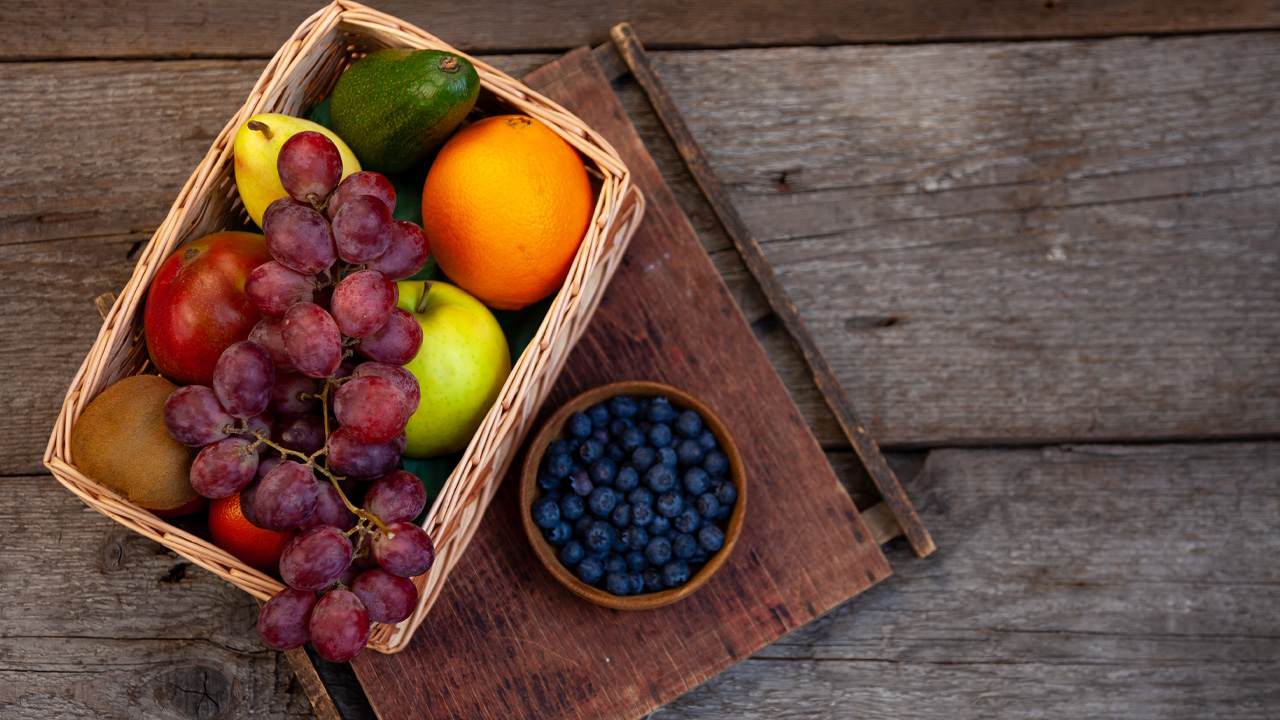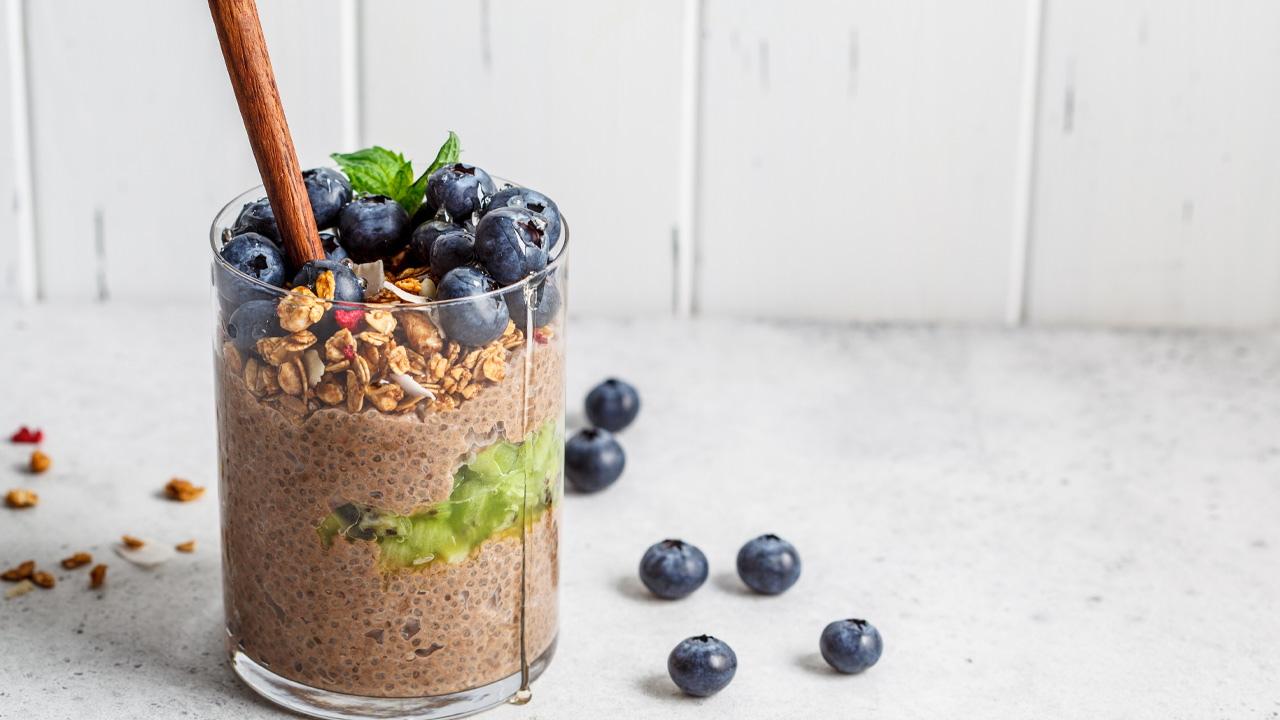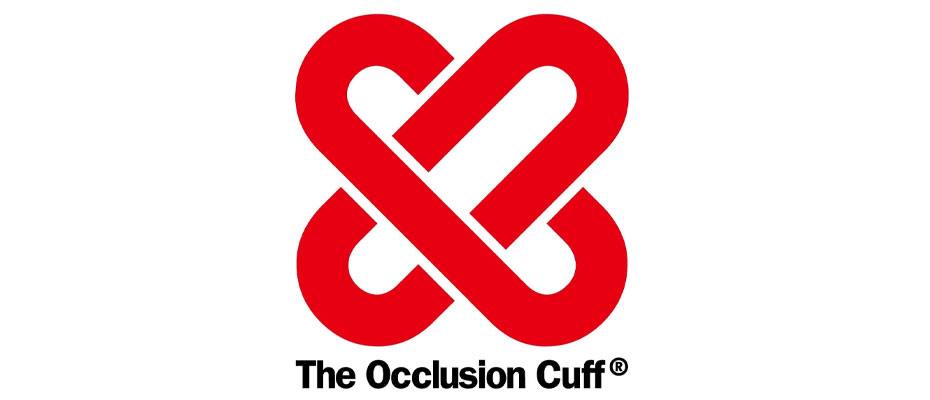6 Ways to Achieve Weight Loss While Still Enjoying the Holidays

Hey Angels and Alphas,
Food is one of the most natural parts of our life, and with that, so many of our holiday festivities. As we exchange tins filled with fudge and cookies, load up the dinner table with countless comfort foods and toast the New Year with bubbles, our weight loss goals might come to a halt. In fact, many people gain weight over the holidays, tacking up about half a kilogram.
That said, it’s still possible to stick to your weight loss goals and even shed pounds during the holidays, all while enjoying this special season.
Here are 6 ways to do exactly that:
#1 SHARE YOUR GOALS
For many of us, making sure someone has had enough to eat is a love language. But stockings full of candy, food deliveries, and the constant push to finish your plate by your relatives can take a toll on you if you’re trying to lose weight.
A simple fix here is to tell your family about your health goals and even ask for their support. They might agree to stick to non-food gift exchanges, or at the very least, stop pressuring you to get your seconds.
#2 RELEASE ALL THE FOOD GUILT
Here’s a friendly reminder: just because someone made you food or gave you food as a gift doesn’t mean you have to eat it. If you aren’t enjoying something, don’t feel guilty about giving it away out putting it in the trash. And don’t forget to stop judging yourself about some of the delicious holiday options put in front of you on the dinner table. Remember this is a time to enjoy food without going overboard.
#3 FRESHEN UP YOUR SERVINGS
Instead of passing on the creamy sides or your favorite pies, you can get creative with how you decide to serve your favorite foods.
Prepare the richest picks in a personalized portion and help prevent doling out too much while you’re making everyone feel as special as possible. For example, put the breakfast casseroles in ramekins or make stuffing in a muffin cup.
Research even shows that if you just decide to go for smaller holiday plates this year, you might eat up to 30 percent fewer calories.
#4 ADD SOME SPICE TO YOUR HOLIDAY SWEETS
If you know you’re going to eat a piece of cake because, well, that’s what you do every single holiday, there are likely a few ways you can make that cake taste better with fewer calories… by using less sugar and mixing in more flavor via vanilla extract or spices such as cinnamon, you can drop the calorie load of your favorite holiday desserts.
#5 TRY ADDING IN NEW HOLIDAY TRADITIONS
Instead of thinking about how you’re going to lose weight, ask yourself… what can I do that makes me feel good? Adding new traditions is a very easy way to get away from the temptation of food and enjoy quality time with your loved ones.
For example, if you walk around the neighborhood and see holiday lights, play a family game of kickball, or take a hike to see the stunning snowy mountains, you’re going to be spending more time being active and less time relaxing on the couch with a bag of chips.
#6 ALWAYS REMEMBER THE BIGGER PICTURE
The holiday season is a very special time of the year, and one meal, one week, or one entire holiday will not derail your progress if you’re in it for the long term. Be kind to yourself.
Case in point: one study has shown that people who gained weight over the holidays (but were motivated to lose it with regular weigh-ins after that) were able to get back on track and shed the pounds easily. New Year’s resolutions that are actually sustainable and fun are a great way to find those post-holiday exercise activities.

